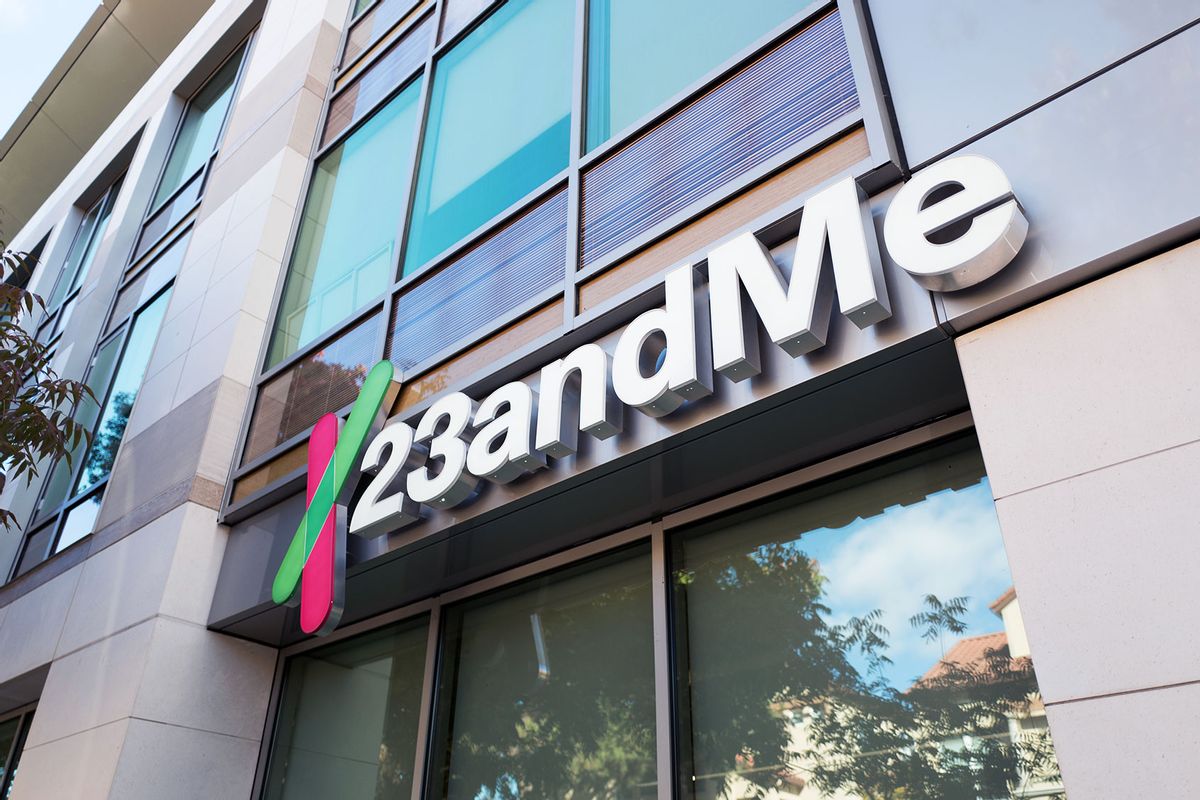By Kelvin Chan, associate commercial writer
London (AP) – You have heard of burners. What about the burner’s email?
Much of the Internet now requires that you return your email address before you can use services – from an application that you have downloaded to register for a newsletter or exchange an online offer.
But who said you need to give your real email address? The next time you are asked, consider using a messaging mask.
There are an increasing number of services that give disguised email addresses and relay all messages to your real address. Experts say it can be a powerful tool to protect confidentiality and security.
Here are some tips on why and how to masking emails:
Hide
The idea behind the masking of emails is simple. The masking service gives you a randomized address that you can use as lure instead of your real email. It can be a series of not related words, or a chain of letters and numbers. When someone sends a message to the burner email, it will be automatically transported to your address without anyone knowing it.
Suppliers include the Email Protection Service of the DuckduckGo Privacy Engine, the Firefox relay of the Mozilla browser manufacturer, the Fastmail email service and independent services such as Addy.io. The Crypton Mail Crypton Service offers an e-mail masking with its password manager and its autonomous simple service. There are many others.
This is one of the features that Apple offers users who subscribe to its iCloud + or Apple One services. When you use the Safari browser application on your iPhone and you need to enter your email, you can press the field above the keyboard on the screen to “hide my email”, which then creates a random address as a substitute.
It is also available on Mac computers with the office safari browser or messaging application. If you use a different browser or application, you can always create a random e-mail address manually when going to your iCloud settings.
A key characteristic
Most services have a free version with basic options and a premium level with more features.
Some free services can only receive emails but not respond to them. However, a significant feature that users should look for is the possibility of doing both, said Proton Andy Yen CEO.
“Maybe you never answer a newsletter and that’s good,” said Yen. But this is a problem if, for example, you used your alias by e-mail to buy something online and there is a problem with your order on which the site must ask you.
“Then the ability to respond is actually quite important,” he said.
Most masking services have a dashboard control panel where you can display the different alias addresses you have activated. If you notice that one starts to get a lot of spam, turn it off.
When should I use it?
Make your email when you want to add an additional confidentiality layer or protect data leaks or unauthorized information sharing.
An e-mail mask is a “general use tool that can be used in any context,” explains Santiago Andrigo, main product director at Mozilla.
However, he recommends using it in two key situations. The first is when you don’t know what a website will do with your email address.
“The masking of your email gives you control-if you start to receive unwanted messages, you can easily block all emails coming to this messaging mask,” said Andrigo.
The second scenario is “when your association with a service could reveal sensitive personal information,” he said. For example, if you join an online community for a specific medical condition or a minority group, a data violation could expose your participation.
E-mail failure
There are a myriad of reasons not to give your email address to anyone who wishes.
It could be sold to marketing specialists or shaded data brokers, eroding your privacy by helping them create a profile of you for legitimate or harmful purposes.
If your address is found on the bad broadcast list, this could lead to more unwanted emails or phishing. And if an online service is hacked, the attackers could make connections, passwords and other personal information.
The use of passwords unique for all your online accounts – generally using a password manager – is a good cybersecurity practice. “But the real point of pain for any user is in fact not the password that is disclosed, but in fact, the email is disclosed,” said Yen.
Changing your password after a data violation is a standard practice, but it is much more difficult to modify another sensitive information, your email address – unless you use a mask.
False solutions
There are other so-called hacks you may have heard of.
You can create a disposable account with a free email service like Gmail or Yahoo. But it’s tedious to do so.
Some Gmail users add a more sign and an additional sentence or a character combination between their username and the @sign. It helps follow who shares your address as well as filter messages.
But “from the point of view of confidentiality, that does nothing,” said Yen. “Because people can simply remove the most and get your original address.”
What about man in the middle?
E-mail masks use their servers to relay messages traffic between the sender and the recipient. So how can you be sure that these servers are private?
Look for renowned suppliers who promise not to keep your messages. If you shop for an e-mail masking service, Yen advises checking whether it has “appropriate general conditions”, a privacy policy and is based in a court where it could be legally held responsible.
“We clearly declare that we do not keep a copy of everything that crosses our servers,” said Yen.
Firefox Relay says in his FAQs that he “reads nor stored any of your messages”.
“In the event that an email cannot be delivered to you, we keep it on our servers and delete it after delivery (in no case will we keep it for more than three days),” he said.
Apple says that it “does not read or treat any content” in the emails that transmit to hide my email, with the exception of standard spam filtering.
“All emails are deleted from our relay servers after you are delivered, usually in a few seconds,” said the iPhone manufacturer.
Technology writer AP Barbara Ortatay in Oakland, California contributed to this report.
Is there a technological subject which, in your opinion, needs to explain? Write us at ontechtip@ap.org with your suggestions for future editions of a technical advice.
California Daily Newspapers


